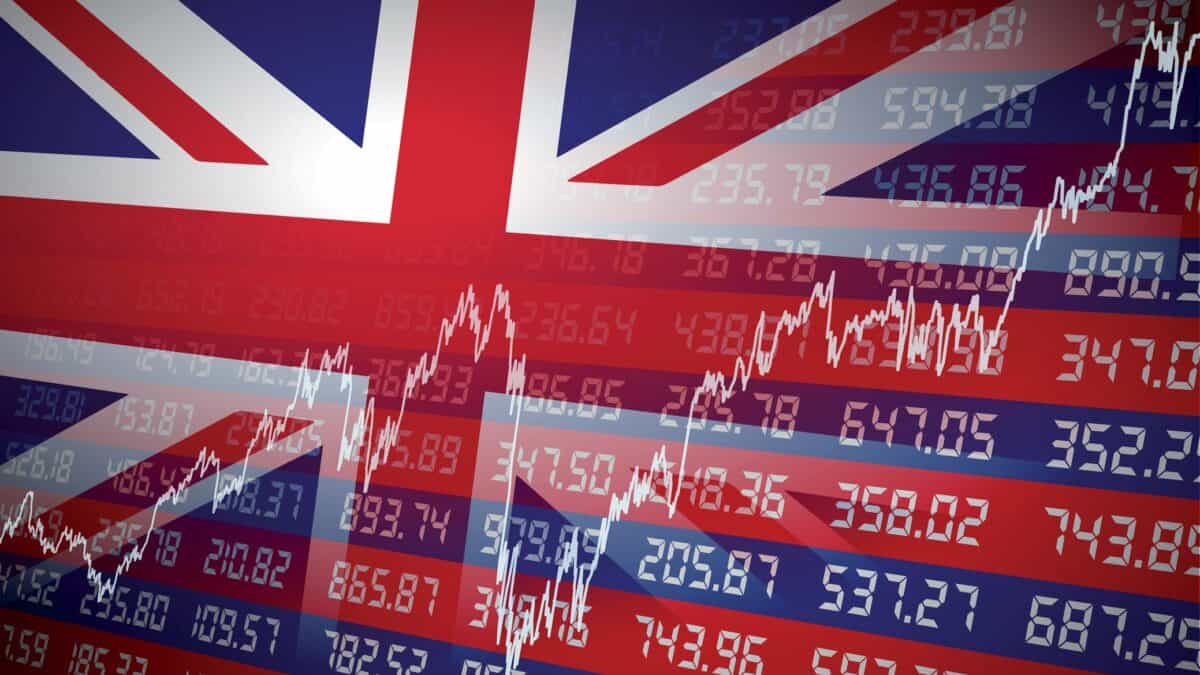My self-invested personal pension (SIPP) has had a good year but one UK share is spoiling the fun and I’m wondering what to do about it.
The stock in question is FTSE 100 luxury fashion house Burberry Group (LSE: BRBY), which has completely lost its way. The board issued almost more profit warnings than new collections in recent years. Its brand messaging has been shot to pieces, the CEO kicked out and it’s now staring a first-half operating loss in the face.
FTSE 100’s worst
I have a long-standing and largely successful strategy of buying established blue-chips like Burberry when they’ve run into trouble. The aim is to pick them up at a lower valuation and with a higher yield, then sit tight and wait for them to recover.
I bought Burberry shares on 15 May, 30 May and again and on 3 July. Obviously, it’s not gone well. I’m down 36.31% today. Over 12 months, the shares are down 68.2%.
I can console myself with the fact that the yield had shot past 8%, but the dividend has just been axed. That felt like the final insult (although I suspect it isn’t). I’ve got this one badly wrong so what do I do?
If I buy more today, I can pick up Burberry shares at a 14-year low. The price-to-sales ratio has collapsed, as this chart shows.

Chart by TradingView
The share price has fallen faster than revenues. That suggests it’s undervalued but there’s a catch. Sales haven’t stopped falling yet.
Burberry has been hit hard by financial troubles in China and it’s not the only one. French fashion behemoth LVMH has crashed 20.4% over the last year, but that’s nothing compared to Burberry’s beating.
No dividend either
Burberry’s Q1 sales fell 23% in Asia Pacific, with mainland China down 21% and South Korea faring worse at 26%. Yet there’s a danger of overdoing the Asia connection. Sales in the Americas crashed 23%.
The company is heading back to basics, by pushing its trench coats and scarves this autumn. I’m hoping its financial troubles won’t bleed into its brand image, but they might.
Burberry’s gross margins have inevitably taken a beating too. Worryingly, this is a long-term trend. Let’s see what the chart says.

Chart by TradingView
New CEO Joshua Schulman (the fourth in a decade) has a tough job. The only positive is that investor expectations are as beaten up as the share price. So if the cost-of-living crisis continues to ease, and sales pick up, the share price could show signs of life.
There’s deep value here. The price to tangible book value ratio, which measures a company’s market value relative to its hard assets, has collapsed along with everything else.

Chart by TradingView
The problem is that we can’t rule out further shocks. Turning around a disaster like this takes time. I won’t sell my (shrinking) stake but I’m reluctant to buy more right now. As I’ve learned to my cost, when a stock has a bad run, it can always get worse.








